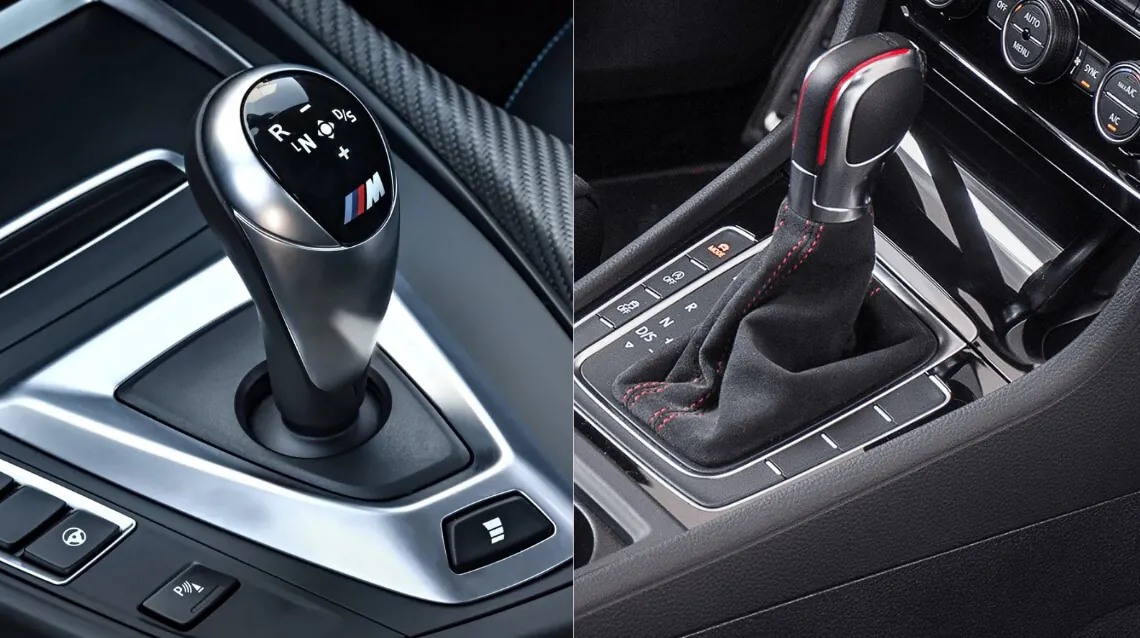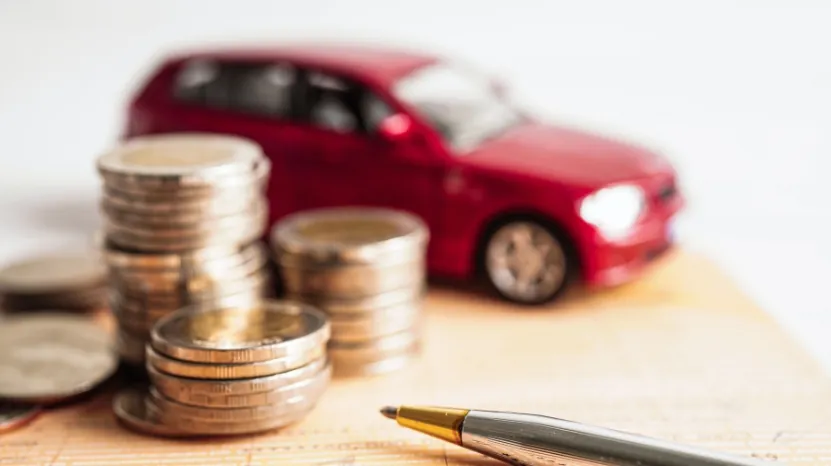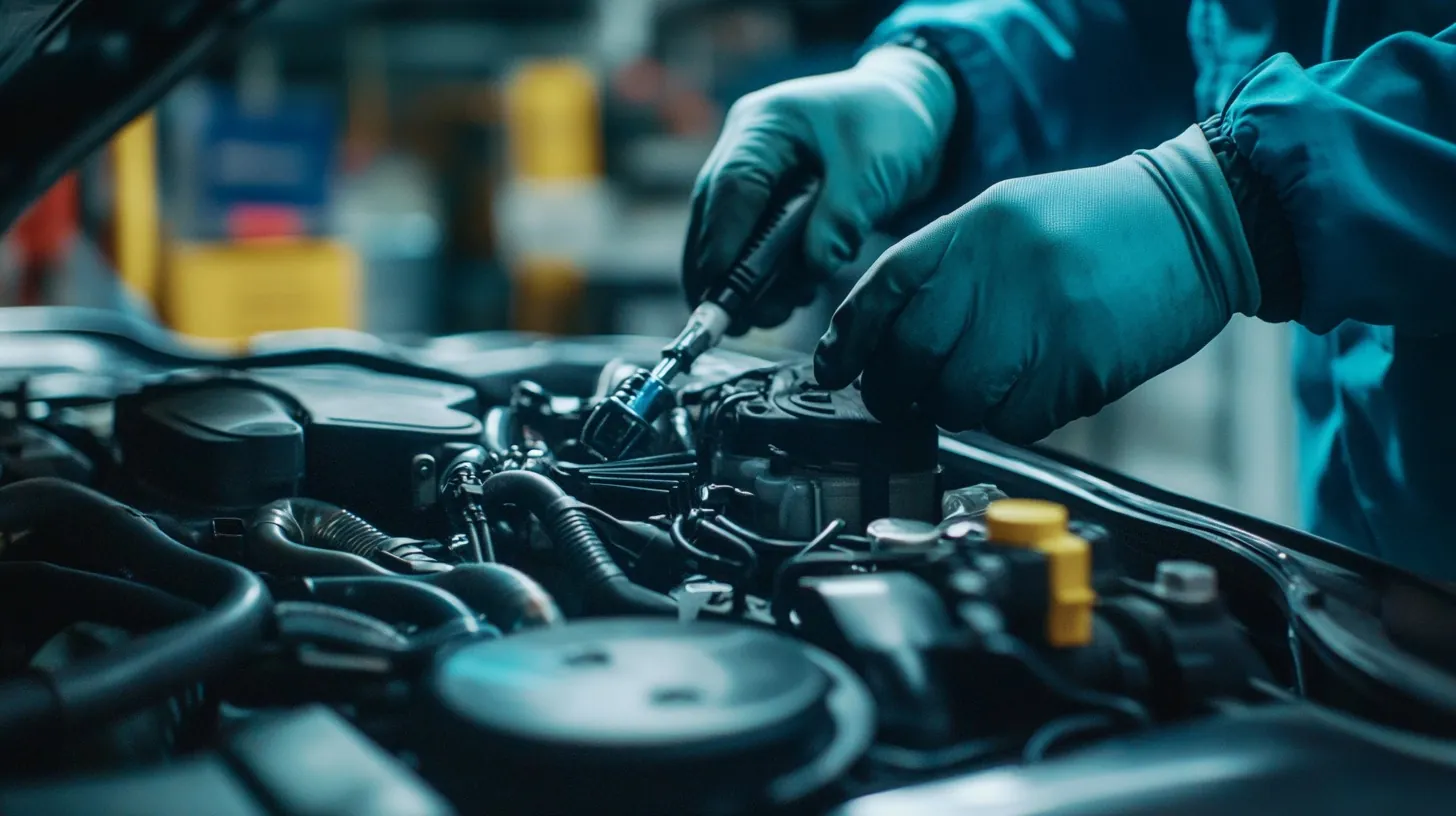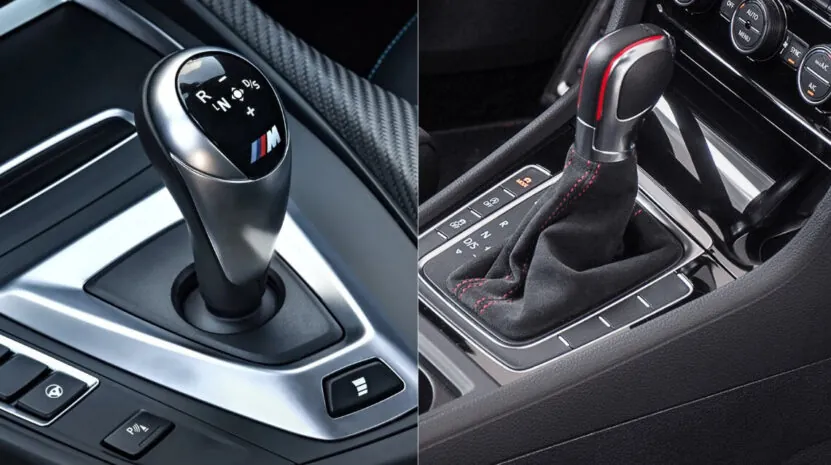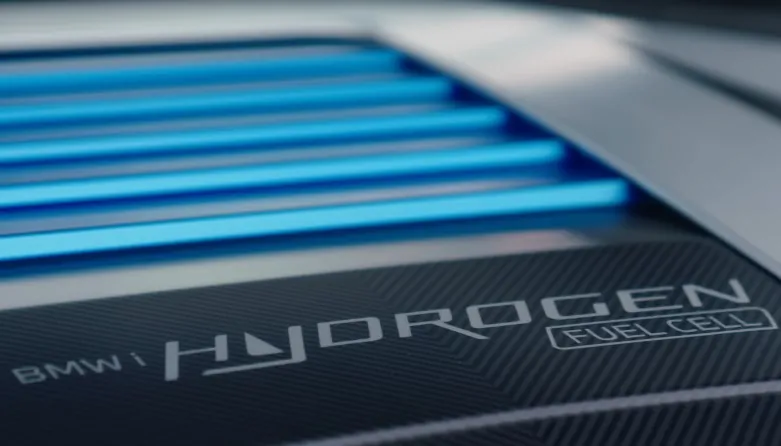
Share Post:
When it comes to cutting emissions in logistics, most automakers are still tinkering at the edges. BMW? They’re diving headfirst into hydrogen—and not just in one way, but two.
Fuel cells and combustion engines, both powered by hydrogen, are at the heart of BMW Group’s dual strategy to clean up how it moves parts, vehicles, and materials across the globe.
This isn’t a flashy marketing campaign or a side project tucked away in a lab somewhere. It’s a full-blown strategy, baked into BMW’s logistics operations, backed by public funding, and already rolling down highways in Germany.
Let’s take a closer look at how BMW is blending cutting-edge tech with practical know-how to drive real change in green logistics.
BMW’s Bigger Picture Is Green Without Going All-In on Batteries
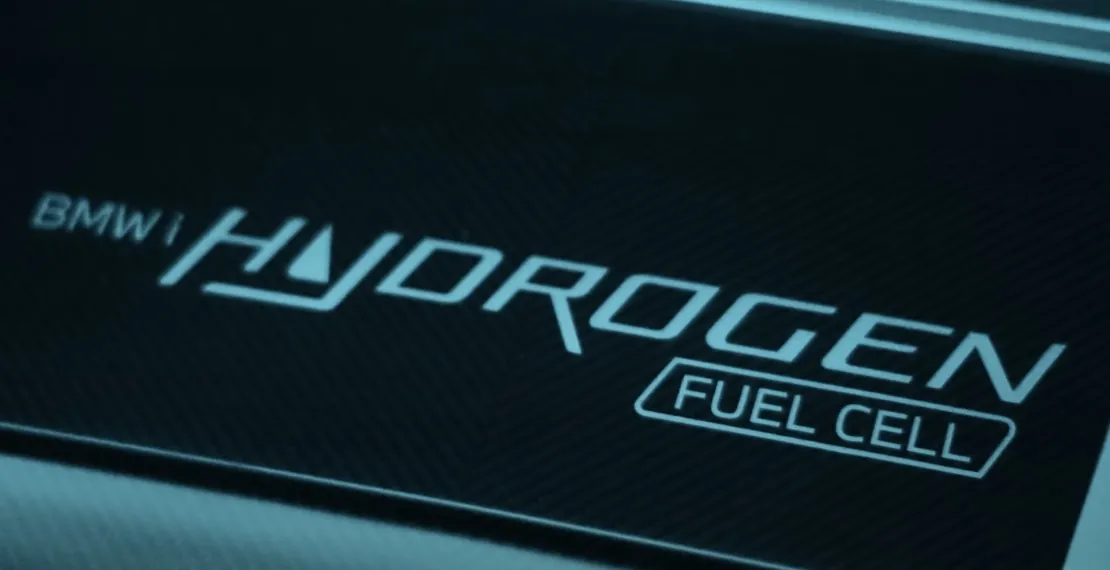
While much of the industry is banking everything on batteries, BMW is playing a longer game. They’re not abandoning electric vehicles—far from it.
But their approach is more flexible. Rather than betting the farm on one solution, they’re investing across the board: BEVs, PHEVs, clean combustion engines, and now, hydrogen.
Why hydrogen? Because logistics isn’t like city commuting. You’ve got 40-ton trucks hauling heavy loads across hundreds of kilometers, and every minute they’re stopped for charging is money lost. Hydrogen, especially in logistics, offers some unique advantages:
- Fast refueling (think 3–4 minutes)
- Long driving range
- Only water vapor as exhaust
- Infrastructure that’s separate from the already-stretched electric grid
H2Haul and HyCET
BMW isn’t theorizing—they’re testing. Right now, two large-scale pilot programs are underway: one focused on hydrogen fuel cell trucks (H2Haul) and the other on combustion-based hydrogen trucks (HyCET).
The idea? Test both side-by-side, collect the data, and figure out where each one makes the most sense.
H2Haul
Fuel cell trucks turn hydrogen into electricity using an electrochemical reaction. It’s high-efficiency, clean, and silent.
Key Facts
- Trucks: Two IVECO S-eWay fuel cell rigs
- Routes: Leipzig to Landsberg and Nuremberg
- Partners: IVECO, DHL, TEAL mobility
- Infrastructure: New hydrogen stations built at Leipzig and Hormersdorf
- Funding: Clean Hydrogen Partnership (EU-supported)
The goal here is real-world logistics—not test tracks. These trucks are moving goods daily, and their performance is tracked in detail.
HyCET
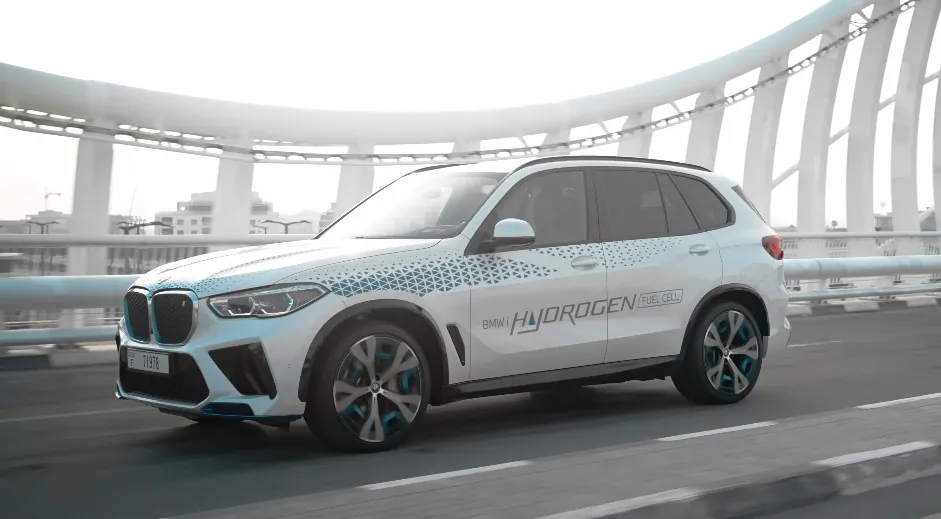
Then there’s HyCET. These trucks burn hydrogen in modified diesel engines. It’s not as efficient as a fuel cell, but it has its upsides: lower costs and easier integration with today’s engine platforms.
Key Facts
- Trucks: Two 40-ton and one 18-ton hydrogen combustion trucks
- Partners: DHL, Volvo Trucks, Deutz, KEYOU, TotalEnergies
- Funding: German Federal Ministry for Digital and Transport (BMDV)
- Same Routes: Run alongside the H2Haul trucks
For dealers working with a broad spectrum of truck platforms—like Engeros Otepää OÜ, whose inventory spans leading brands such as Scania, Volvo, and MAN—hybrid hydrogen combustion solutions represent an exciting, cost-conscious bridge between legacy systems and zero-emission operations.
Fuel Cells vs. Combustion Engines
Here’s how the two hydrogen paths stack up when you get into the nuts and bolts:
| Aspect | Hydrogen Fuel Cells | Hydrogen Combustion Engines |
| Efficiency | High – electrochemical process | Lower – traditional combustion |
| Cost | Expensive – platinum & rare materials | Cheaper – uses diesel engine base |
| Refueling | 3–4 minutes | 3–4 minutes |
| Range | Long – e.g., BMW iX5 Hydrogen: 504 km | Similar range, but more hydrogen used |
| Emissions | Zero (just water vapor) | Also zero – qualifies under EU regulations |
| Infrastructure | Doesn’t rely on electric grid | Shares stations with fuel cells |
| Best Use Case | Long-haul, efficiency-focused logistics | Budget-conscious or diesel-compatible scenarios |
Leipzig
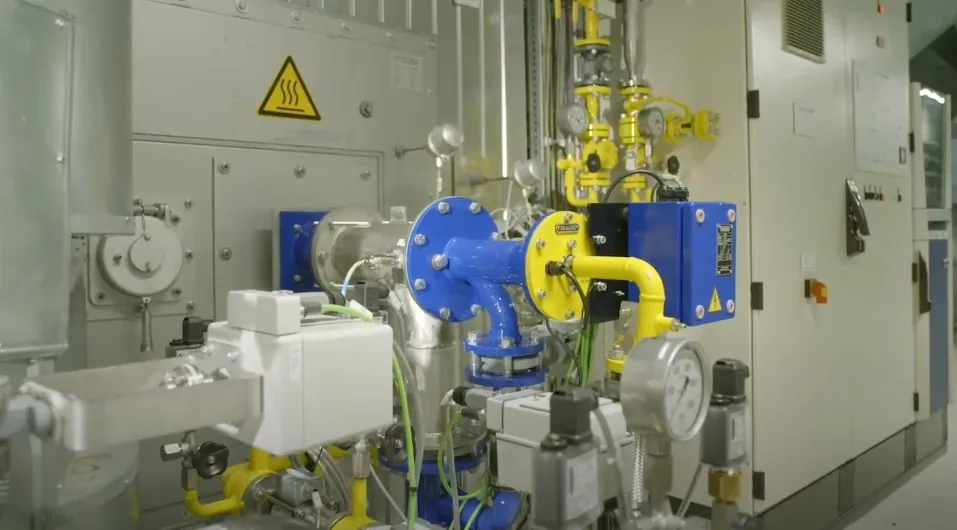
If you want to see what hydrogen looks like when it’s not just theoretical, go to Leipzig. BMW’s plant there is quietly becoming one of the most hydrogen-forward facilities in Europe.
Industrial Firsts and Refueling Power
- Indoor Hydrogen Station: Installed way back in 2013—the first of its kind in Germany.
- Today: Five hydrogen stations on-site, including fully automated setups.
- Fleet: Over 130 fuel cell forklifts and tuggers—Europe’s largest hydrogen-powered logistics fleet.
- Public Refueling: New stations in Leipzig and Hormersdorf serve both the H2Haul and HyCET trucks.
Beyond Transport
Leipzig also introduced bivalent burners—a clever innovation in the paint shop. These burners run on natural gas and hydrogen. Right now, five of them are live. Eventually, they’ll go full hydrogen, helping decarbonize even the factory process itself.
And for context? That paint shop produces the MINI Countryman.
BMW iX5 Hydrogen
While logistics is the main testing ground, BMW isn’t stopping at trucks and forklifts. The BMW iX5 Hydrogen is the company’s first fuel cell SUV—and it’s already on the road in pilot programs around the world.
- Range: 504 km (WLTP)
- Hydrogen Load: 6 kg
- Refueling Time: 3–4 minutes
- Production Timeline: Targeting 2028
It’s not trying to replace the i4 or iX. It’s meant to complement them, especially in markets where fast charging isn’t realistic or long range is a must.
Looking Ahead
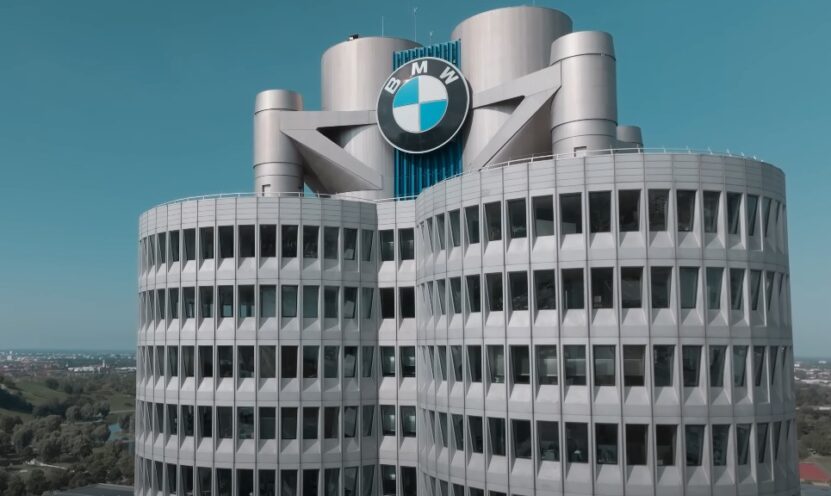
The road ahead is ambitious. BMW’s strategy leans on strong partnerships and practical, scalable innovation.
Strategic Moves
- Clean Energy Partnership: Advocating for more hydrogen stations across Europe.
- Global Pilots: Tracking real-world emissions and uptime to inform wider rollouts.
- New Plant Concepts: Using HyCET and H2Haul data to reshape how new factories are designed.
Key Challenges
- Infrastructure Gaps: Hydrogen stations are still few and far between outside Germany.
- Fuel Cell Costs: Rare materials like platinum aren’t cheap.
- Hydrogen Production: To be truly green, the hydrogen must come from renewable sources (not fossil fuels).
Big Opportunities
- Market Flexibility: Fuel cells for long-haul. Combustion for cost-sensitive zones.
- Battery Alternative: Hydrogen works in places where BEVs struggle—like 40-ton trucks.
- Industrial Integration: Paint shops, forklifts, tugger trains—all can be decarbonized.
Final Thoughts
BMW’s hydrogen roadmap isn’t about picking a side. It’s about using the right tool for the job. Fuel cells bring unbeatable efficiency to long-haul logistics, while combustion offers a quicker, more affordable path for some markets.
Together, they form a versatile, future-ready playbook for green logistics—and potentially, for consumer vehicles too.
What really sets BMW apart is the way they’re doing it: with real trucks on real roads, backed by hard data and practical testing. And with the infrastructure already taking shape around Plant Leipzig, it’s clear they’re not just preparing for hydrogen’s future—they’re building it.
Related Posts:



